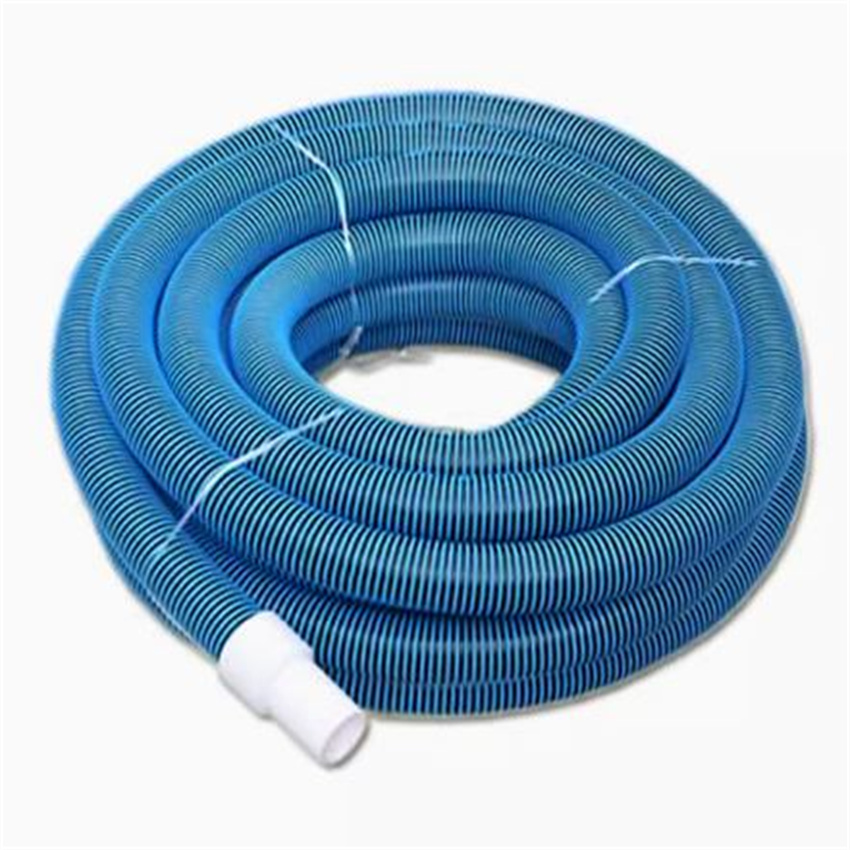Flexible HVAC Duct Hose Solutions for Efficient Airflow and Temperature Control
Understanding HVAC Duct Hose Importance, Types, and Applications
Heating, Ventilation, and Air Conditioning (HVAC) systems are integral to maintaining comfortable indoor environments in residential, commercial, and industrial spaces. One of the crucial components of these systems is the HVAC duct hose, which plays a vital role in the distribution of conditioned air. This article explores the importance, various types, and applications of HVAC duct hoses.
Importance of HVAC Duct Hose
The primary function of an HVAC duct hose is to transport air from the HVAC unit to different areas of a building. These hoses facilitate the efficient circulation of warm or cool air, contributing to the overall comfort and air quality of indoor spaces. Proper airflow is essential, as it helps in maintaining consistent temperatures and reducing the strain on HVAC systems. This results in lower energy consumption and increased system longevity.
Moreover, the duct hose is crucial for balancing air pressure within the HVAC system. Uneven air distribution can lead to hot or cold spots, making some areas uncomfortable. By using the right type of duct hose, HVAC professionals can ensure a balanced airflow that enhances the overall efficiency and performance of the system.
Types of HVAC Duct Hose
HVAC duct hoses come in various types, each designed for specific applications. The most common types include
1. Flexible Duct Hoses These are made of a flexible material that allows for easy installation in tight spaces. Flexible duct hoses are often used for residential HVAC systems, as they can bend and navigate around obstacles without losing much airflow efficiency.
2. Rigid Ducts Made from metal or fiberglass, rigid ducts are sturdy and typically used in commercial applications. They have a smooth interior which helps to minimize airflow resistance, enhancing the efficiency of the HVAC system. Rigid ducts are also less likely to sag, making them a preferred choice for larger installations.
hvac duct hose

3. Insulated Duct Hoses These ducts are designed with insulation to prevent heat loss or gain as air flows through them. Insulated duct hoses are particularly beneficial in climates with extreme temperatures, as they help maintain the desired air temperature, improving energy efficiency.
4. Non-Insulated Duct Hoses Typically used in conditioned spaces or where temperature fluctuations are minimal, these duct hoses are simpler in design and often more cost-effective. They can still deliver efficient airflow but are not suitable for all applications.
5. Duct Board Although not a hose, duct board is often used in conjunction with HVAC systems to create custom duct shapes. This rigid, insulated board is ideal for reducing energy loss and improving air distribution.
Applications of HVAC Duct Hose
HVAC duct hoses are employed in a wide range of settings, from residential homes to large commercial buildings. In residential applications, flexible duct hoses are commonly used to connect the HVAC unit to various rooms, ensuring that each area receives adequate heating or cooling.
In commercial buildings, where larger and more intricate systems are required, rigid ducts are often the standard. They can be configured to handle significant airflow demands while maintaining efficiency. Additionally, insulated duct hoses are frequently utilized in industrial settings where temperature control is critical for processes and equipment.
Seasonal applications, such as temporary cooling or heating during events, also use HVAC duct hoses. Flexible ducts are perfect for quick setups at venues like sporting events or concerts, where portable climate control is needed.
Conclusion
In conclusion, HVAC duct hoses are a crucial element in the efficient functioning of heating and cooling systems. Their importance cannot be overstated, as they contribute significantly to comfort, energy efficiency, and air quality management in various settings. Understanding the different types of duct hoses and their specific applications can help homeowners and professionals alike make informed decisions that enhance HVAC system performance. By investing in quality duct hoses tailored to their unique needs, users can ensure a comfortable and healthy living or working environment.
-
Welded Wire Mesh Panel: Durable, Versatile, and AffordableNewsJul.28,2025
-
Top Quality Oxy Acetylene Hoses for Sale Fit for Welding DemandsNewsJul.28,2025
-
The Future of Pneumatic Air Tubes in IndustryNewsJul.28,2025
-
Superior and Reliable LPG Hose Pipe Solutions for Every NeedNewsJul.28,2025
-
Exceptionally Durable and Versatile Premium Braided PVC TubingNewsJul.28,2025
-
Best Adapters for Connecting Garden Hose to PVC Pipe ConnectionsNewsJul.28,2025














